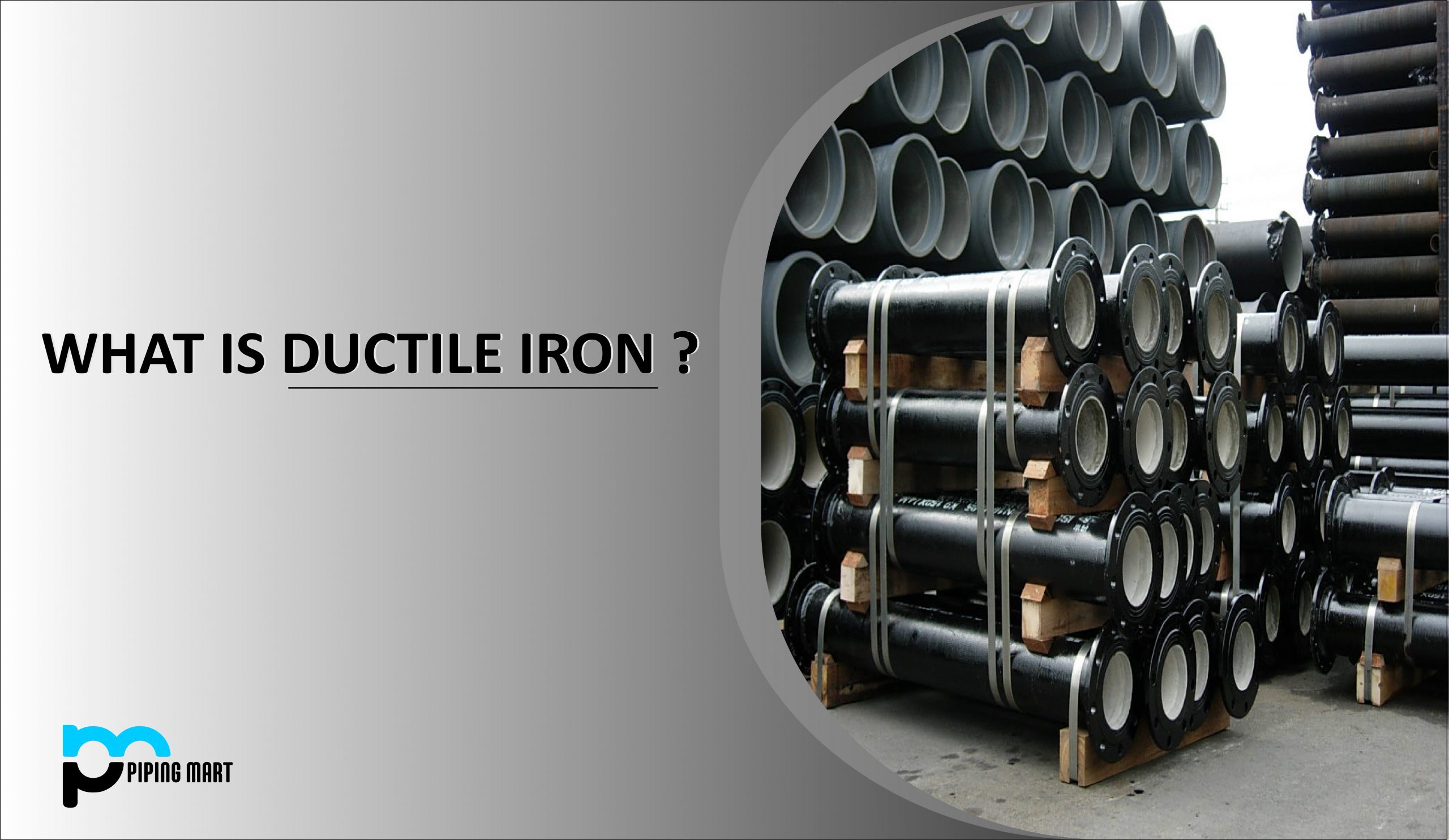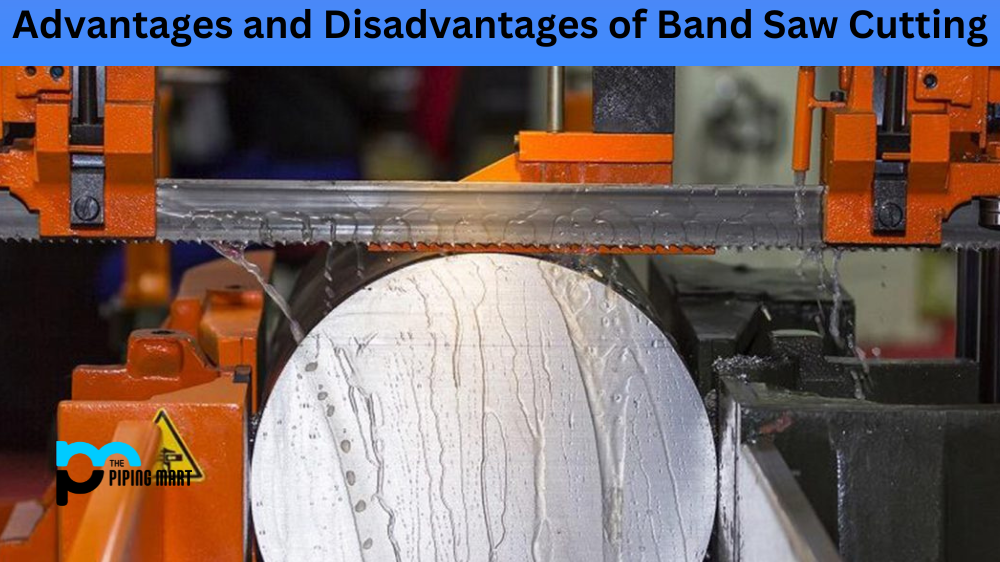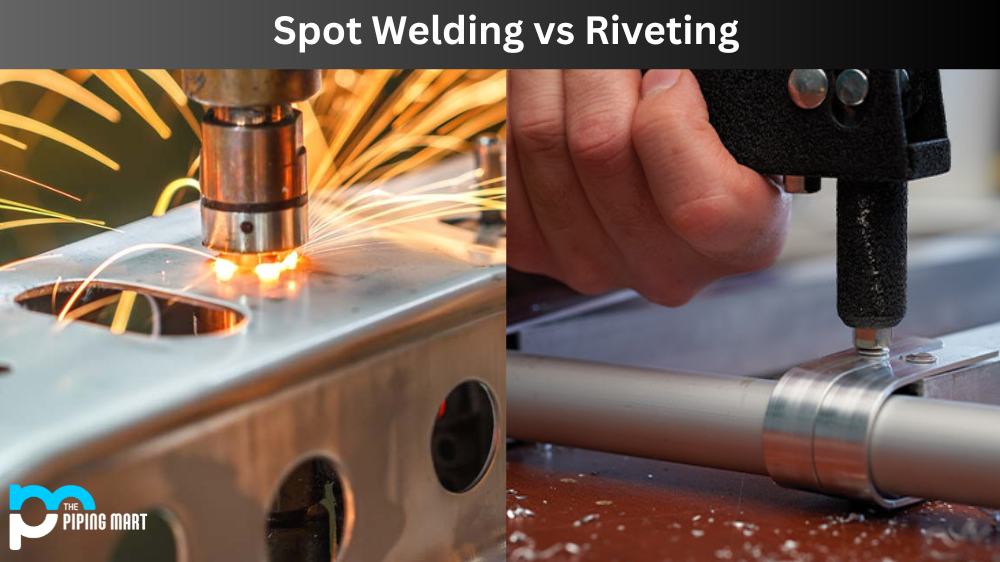Open die forging?
The process of deforming a piece of metal between multiple dies that do not completely enclose the material is known as open die forging. The metal is altered as the dies stamp or hammer the material through a series of movements until it transforms into the desired shape. To achieve the tolerance required for the finished specifications, products formed through open forging often require secondary machining and refining. For short-run forging of parts that are simple in design such as shafts, cylinders, rings, and discs, open die forging is often used. With the open die forging, custom shapes can also be formed. The frequent working of the material through the deformation process plays a remarkable role in increasing the strength of the grain structure. Improved strength and fatigue resistance can be considered as some additional benefits of open die forging. Generally, the open die forging technique is used to shape metal parts, alloy steels, or steels.
Advantages of open die forging:
- Reduces chances of voids
- Longer part life
- Less wastage of material
- Increased strength
- Improved microstructure
- Finer grain size
- Continuous grain flow
- Good fatigue resistance
- Has capability to produce large parts having to weight about 136 metric tons.
Closed die forging?
Closed die forging is a metal deformation process that uses pressure to compress a piece of metal to fill an enclosed die impression. In this process dies move towards each other and covers the workpiece in a part or as a whole. Its shape is incorporated in the bottom or top die as a negative image, coming from above. The metal is placed between one or more custom shaped-dies and the metal is pressed or hammered which results in causing the metal to flow and fill the shaped die cavity. Closed die forging is considered one of the most commonly used methods for forging steel parts. This process influences the internal grain structure of the metal and can produce long-lasting and stronger products. Unlike open die forging, little to no machining is required for closed die forging. The impression in the ram-operated heading tool is equivalent to a press or hammer top die.
Advantages of closed die forging
- Reduced or no machining
- Ability to reproduce nearly any size and/or shape
- Consistent impression
- More precise
- Dimensions with various shapes and tighter tolerance can be achieved
- Cost-effective for large production runs
- Better surface finish
- Superior mechanical properties
- High strength
- Close tolerance

Pipingmart is B2B portal specializes in industrial, metal and piping products. Also, share latest information and news related to products, materials and different types grades to help business dealing in this industry.




